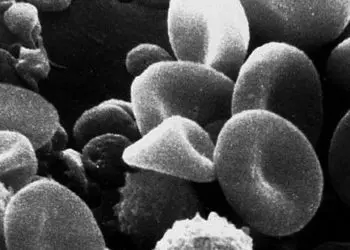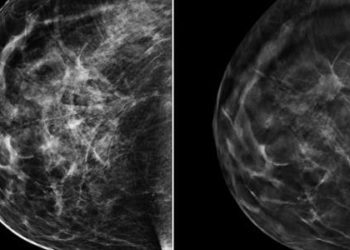Extensive cancer screening may not improve outcomes for patients with unprovoked venous thromboembolism
1. Although more extensive screening may detect more cases of occult cancer in patients with unprovoked venous thromboembolism (VTE) at the preliminary screening, it is unclear whether or not this increased initial detection helps to improve patient outcomes.
2. Increased age was linked to increased cancer prevalence.
Evidence Rating Level: 2 (Good)
Study Rundown: The first indication of occult cancer may be unprovoked VTE. Although extensive cancer screening (e.g. computed tomography [CT] or whole-body positron emission tomography [PET]) for patients with VTE may help to detect cancer at an earlier stage, there is a chance of false-positives, which may result in subjecting the patient to the risks and costs of additional testing. To help physicians customize screening decisions to the patient, this systematic review and meta-analysis sought to estimate occult cancer prevalence in patients with unprovoked VTE. Researchers found that 1 in 20 patients had occult cancer detected within 12 months of being diagnosed with unprovoked VTE. Increased age was linked to increased cancer prevalence. Although extensive screening may initially detect more cases of cancer than limited screening, it is uncertain if this increased detection results in improved patient outcomes. Results suggest a more limited screening (e.g. physical exam and medical history) should initially be used.
A strength of the study is the inclusion of data from 2316 patients. Limitations of the study include heterogeneity in extensive screening strategies and patient characteristics as well as the lack of long-term mortality data.
Click to read the study, published today in Annals of Internal Medicine
Relevant Reading: Risk factors predictive of occult cancer detection in patients with unprovoked venous thromboembolism
In-Depth [systematic review and meta-analysis]: This study used data from MEDLINE, EMBASE, and the Cochrane Central Register of Controlled Trials to identify 10 eligible studies that started to enroll patients after 1 January 2000. Eligible studies included adult patients who were diagnosed with unprovoked VTE, were screened for occult cancer, and had a follow-up of at least 12 months for possible cancer. Extensive screening was completed in 58% of 2316 patients. The prevalence of cancer within 12 months of a diagnosis of VTE was 5.2% (95% CI, 4.1% to 6.5%). At initial screening, extensive screening was linked to a probability of cancer detection twice as high as limited screening. However, this was not the case at 12 months. The relatively short 1- to 2-year follow-up period in these studies did not allow for conclusions to be made regarding whether or not the initial increased cancer detection via extensive screening helps to improve patient outcomes (e.g. reduced morbidity or mortality). There was no statistically significant difference (p = 0.30) between the fraction of early-stage solid cancer found by limited screening (16 of 46 cases) and found by extensive screening (8 of 17 cases). Compared patients <50 years old, the prevalence of cancer was 7 times higher in patients ≥50 years old, suggesting that age is associated with a higher chance of cancer.
Image: CC/Wiki
©2017 2 Minute Medicine, Inc. All rights reserved. No works may be reproduced without expressed written consent from 2 Minute Medicine, Inc. Inquire about licensing here. No article should be construed as medical advice and is not intended as such by the authors or by 2 Minute Medicine, Inc.









